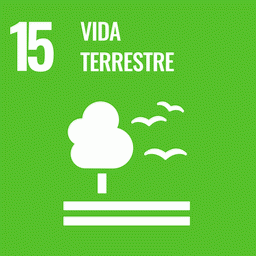As Terras Indígenas (TIs) na Amazônia brasileira cobrem uma fração significativa da região (27% da área com florestas1) e abrigam 173 etnias (1). Além de serem fundamentais para a reproduçãofísica e sociocultural dos povos indígenas – é na Amazônia que se encontram 98% da área totalde TIs demarcadas do país –, são também áreas importantes para a conservação da biodiversidaderegional e global. Apesar destes evidentes e alardeados benefícios prestados pelos TIs parao meio ambiente amazônico, o papel destas para a mitigação da mudança do clima e equilíbrioclimático da região ainda é pouco reconhecido. Contribuir com este reconhecimento é, portanto, o principal objetivo desta publicação. Espera-se que os resultados aqui apresentados possamauxiliar na proteção das TIs e na construção de estratégias de adaptação às mudanças do clima aque os povos indígenas estão sujeitos.
Portifólio sobre materiais e equipamentos florestais
O IPAM, por meio dos Projetos FLOAGRI e DIÁLOGOS, reuniu nesta cartilha um portfólio sobre materiais e equipamentos a serem utilizados pelo universo florestal. O conteúdo tem o intuito de contribuir para o aperfeiçoamento da execução das operações florestais e...

